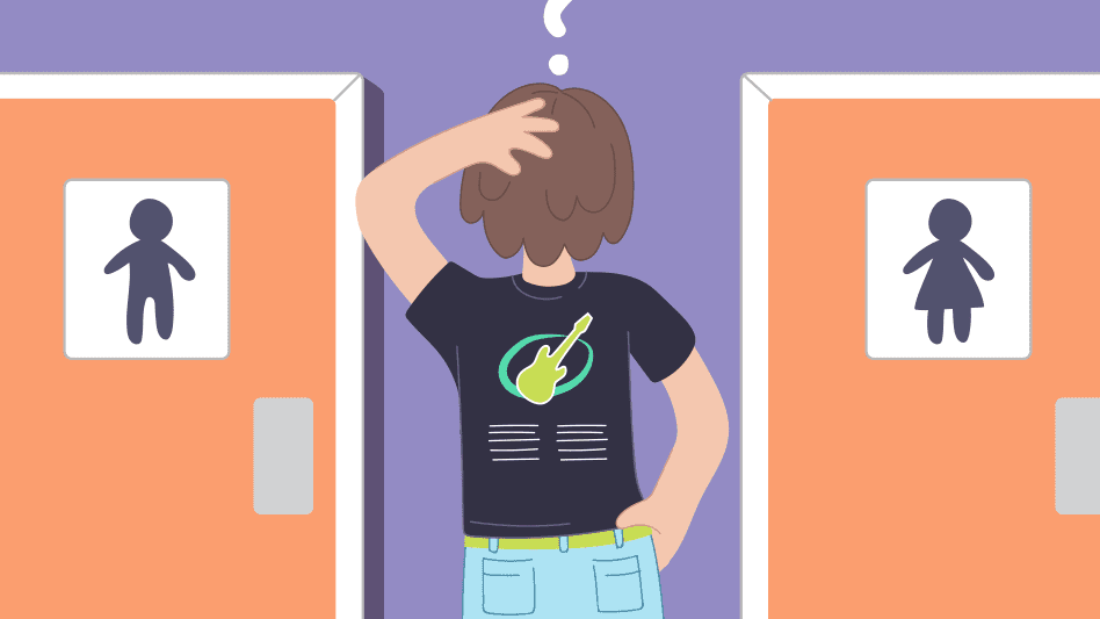As the morning sun peeks through the curtains, a familiar scene unfolds in many households: a bustling kitchen, backpacks being filled, and breakfast being hastily consumed. Among this daily routine, one particular dynamic can become a source of tension for parents—when the older child feels embarrassed by the younger sibling attending the same school. This situation can be delicate, but with some thoughtful strategies, parents can foster a sense of acceptance and love between their children.
It’s not uncommon for the older child to feel a mix of pride and embarrassment toward their younger sibling. Adolescence is often a time when social acceptance becomes paramount, and having a younger sibling around can feel like a liability. The concern for parents is understandable; they want their older child to maintain their self-esteem while nurturing a loving relationship with their younger sibling.
Parents can take steps to preemptively address these feelings. Open, honest communication is crucial. Encourage conversations about feelings—not just the older child’s but the younger sibling’s too. Fathers and mothers should create a safe environment where the older child can share their concerns without fear of judgment. An empathetic ear can go a long way in easing embarrassment.
It’s also useful for parents to shift the narrative about what having a younger sibling means. Highlight the unique opportunities for bonding and teaching moments. For instance, the older child can play the role of a mentor or protector, which can foster a sense of pride and responsibility. Parents can set up informal activities, like a joint homework session or a shared project, to facilitate interaction and acceptance between siblings.
Additionally, parents can model behaviors of kindness and acceptance. When siblings exhibit affection or support for one another, parents should celebrate these instances openly. This reinforces the idea that being there for each other is not just expected but valued.
Lastly, be patient. Changing perceptions takes time, and navigating the often-turbulent waters of sibling dynamics is a journey. Encouraging a relationship built on love rather than embarrassment will not only benefit the siblings today but will also lay the foundation for a lifelong bond.
In a world where siblings can sometimes feel like rivals, parents have the unique opportunity to turn what could be a source of strife into a beautiful partnership. By fostering understanding and acceptance, they can help bridge the gap between embarrassment and unconditional love.
Preview:
- Many parents grapple with the challenge of managing their older child’s mixed emotions about having a younger sibling in the same school, which can lead to feelings of shame and rivalry.
- Discover how open communication and creative bonding activities can transform embarrassment into pride and acceptance between siblings.
- Learn valuable strategies to cultivate empathy and connection, ensuring that sibling relationships thrive, even amidst the complexities of adolescence.










